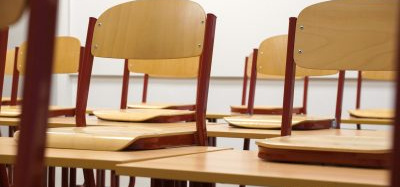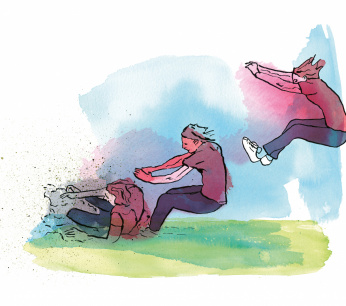Protocol for the start-up of education: whole days to school
At the start of primary education, from 11 May, the starting point is that pupils go to school all day long. The cabinet has decided that. Within this precondition, students spend half of their teaching time at school. The rest of the time they work from home, for example with homework assignments. The unions and the PO Council have worked out these preconditions in a protocol. “It was a very difficult decision,” says AObdriver Jelmer Evers.

Image: pixabay
The cabinet decided this week that primary education will reopen on May 11. In addition, individual pupils attend school for half of their teaching time. Within that restriction, students go to school all day. It is therefore not the intention that one half of the students have lessons in the morning and the other half in the afternoon. This is to prevent the number of transport movements of students and parents in one day - and therefore the risk of contamination - as much as possible.
Schools should use the cabinet's principles when designing education, but are ultimately responsible for their own choices and may deviate from them.
There are AObmembers who want to open the schools completely right away, and members who want to keep them closed
During the protocol (click here for special (primary) education) it has been established that the school applies the advice and guidelines of the RIVM. In case of complaints such as a cold, cough or worse, students and staff members stay at home. Staff members with corona-related complaints do not come to school and are tested, as is now the case with healthcare workers. Parents stay outside the school and also outside the playground.
Exempt
Staff in a risk group can be exempted from work at school. The latter is determined in consultation between the employee and the employer. Staff members with family members who fall into a risk group can, in consultation with the employer, be exempted from work at school.
Appointments
Teaching staff who do not belong to the risk group but do have serious concerns, discuss this with the employer. During that meeting, it is assessed whether agreements can be reached about the precise details of the activities.
"In the current crisis there are, still, more questions than answers," says AObdriver Evers. "Bee the protocol many choices were made. We, like all other organizations involved, have done this to the best of our ability and with the knowledge of today. ”
Many choices have been made in the protocol. Like all other organizations involved, we have done this to the best of our ability and with the knowledge of today
Consideration
It was a very difficult decision, says Evers: “There are AOb-members who want to open the schools completely, and members who want to keep them closed. And a large group in between. We try with this protocol to offer a workable solution for everyone. ”
Participation Council
Education staff are not held to the impossible, emphasizes the AOb-driver. And schools can give substance to the protocol themselves and tailor it to their own situation. "The school team does this together, in consultation between the board, school management, teachers and support staff, and in consultation with the participation council." The role of the participation council will be further elaborated in the coming period.
Download the protocol for regular education with all the details through this link. You can find the protocol for special education here. also look at our frequently asked questions over the school opening.


